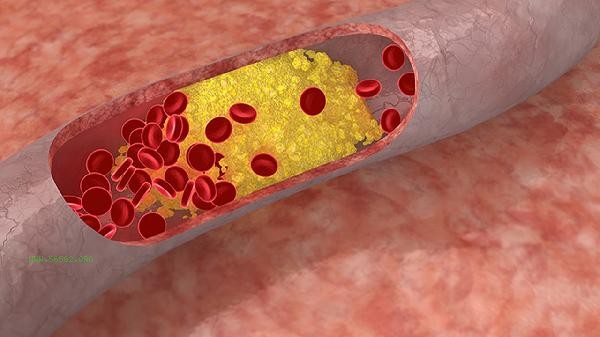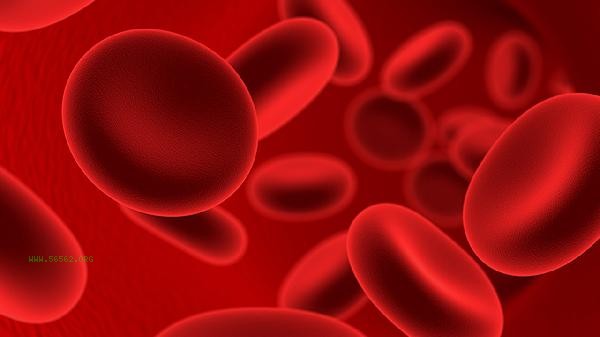Excessive red blood cell count may lead to increased blood viscosity, increased risk of thrombosis, tissue hypoxia and other health hazards, mainly related to high-altitude adaptation, cardiovascular disease, bone marrow proliferative diseases, dehydration, smoking and other factors.

1. Blood viscosity: When the number of red blood cells exceeds the normal range, the blood viscosity will significantly increase. Slowing down blood flow may lead to microcirculatory disorders and increase cardiac load. Long term blood viscosity may induce symptoms such as headache and dizziness, and in severe cases may affect the blood supply to important organs.
2. Thrombosis risk:
Increased red blood cell count makes platelets more prone to aggregation, significantly increasing the probability of venous thrombosis and arterial embolism. Lower limb deep vein thrombosis may cause pulmonary embolism, while cerebral vascular embolism may lead to stroke. The risk of thrombosis increases exponentially with the increase of hematocrit.
3. Tissue hypoxia: Although the abnormally increased number of red blood cells carries more hemoglobin, the viscosity of the blood actually reduces the efficiency of oxygen release. The actual decrease in oxygen uptake by the organization may manifest as cyanosis of the skin and mucous membranes, shortness of breath after activity, and in severe cases, may lead to organ dysfunction.
4. Cardiovascular burden:

Increased blood viscosity forces the heart to strengthen its contraction, which may lead to long-term myocardial hypertrophy. An increase in pulmonary vascular resistance can exacerbate right heart load and may induce pulmonary arterial hypertension. This type of change may initially manifest as a decrease in activity endurance and may later lead to heart failure.
5. Primary disease progression:
Secondary erythrocytosis often accompanies the deterioration of underlying diseases, such as chronic obstructive pulmonary disease, sleep apnea, and other hypoxic diseases. Polycythemia vera is a myeloproliferative tumor that may progress to myelofibrosis or acute leukemia.
It is recommended that individuals with abnormal red blood cell counts regularly monitor their blood routine indicators, maintain a daily water intake of at least 2000 milliliters to dilute their blood, and avoid prolonged sitting still. Moderate aerobic exercise such as swimming and brisk walking can promote blood circulation and reduce the intake of high purine foods in the diet. Smokers must quit smoking, and residents in high-altitude areas should pay attention to blood oxygen monitoring. When symptoms such as blurred vision, chest pain, and limb swelling occur, immediate medical attention should be sought. If necessary, bloodletting treatment or anticoagulant medication should be taken. Patients with myeloproliferative disorders need to undergo regular bone marrow biopsy to assess the progression of their condition.









Comments (0)
Leave a Comment
No comments yet
Be the first to share your thoughts!